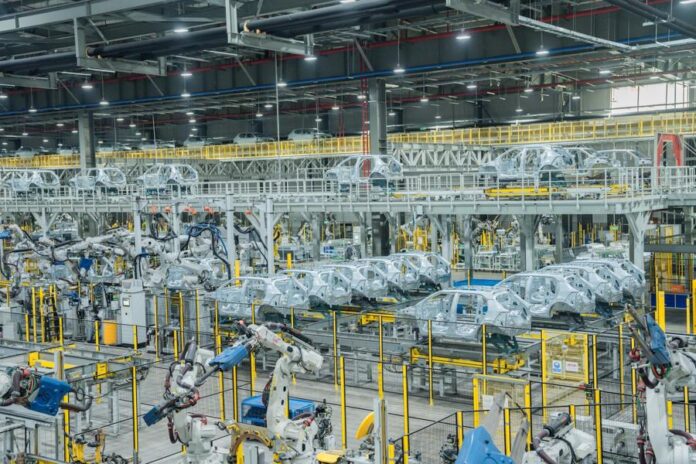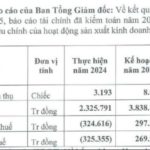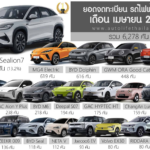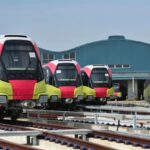VinFast extends an invitation to join hands and share growth opportunities with domestic enterprises – strategic partners in the journey to elevate the domestic supply chain. The ultimate goal is to gradually establish Vietnam as a crucial automotive and auxiliary industry manufacturing hub in the region.
VinFast is expected to unveil its roadmap to achieving an 80% localization rate by 2026, along with expansion plans to cater to the increased production scale of up to 1 million vehicles annually for both domestic sales and exports.
Specifically, VinFast will directly engage with technically and technologically capable Vietnamese enterprises to participate in their supply chain. For businesses lacking the necessary technical, technological, or financial capabilities, VinFast will proactively connect them with foreign partners to form collaborative ventures, facilitating technology transfers, technical support, or investment.
Notably, VinFast guarantees the absorption of output products according to agreed-upon plans, instilling confidence and providing a foundation for the long-term growth of domestic suppliers.

At present, VinFast is working with nearly 700 domestic businesses to secure automotive components, materials, and equipment. However, to meet the expanded production target of 1 million vehicles per year for domestic and export markets, a comprehensive and extensive development of the domestic supplier system is imperative on a nationwide scale.
Sharing insights on the strategy of accompanying Vietnamese enterprises, Ms. Thai Thi Thanh Hai, Vice President of Vingroup and Deputy General Director of VinFast, stated: “We believe that the aspiration to develop a Vietnamese brand with international stature and global competitiveness is not only the wish of VinFast but also the desire of all Vietnamese enterprises. That’s why we’ve crafted a collaborative strategy to share growth opportunities with the domestic auxiliary business community and unite in striving for the nation’s automotive industry.”
As Vietnam’s leading automotive brand, VinFast delivered 9,588 electric vehicles in April 2025, bringing its year-to-date sales to 44,691 units and solidifying its top position in the domestic market.
With its pioneering position and sustainable development strategy, VinFast is not only building a modern electric vehicle ecosystem but also fostering a national-scale auxiliary industry production ecosystem.
Date: 09:00, June 9, 2025
Venue: Almaz Convention Center, Vinhomes Riverside, Hanoi
Registration Deadline: June 5, 2025
Contact: Mrs. Han – Phone: 0837863998 – Email: [email protected]
The Woes of the Second Largest Auto Market in SEA: Electric Vehicle Sales Across the Market Don’t Match Up to VinFast’s Solo Performance in Vietnam
The electric vehicle (EV) industry in Thailand witnessed a sluggish performance in April, with sales figures reaching a mere 6,278 units. This number pales in comparison to the impressive sales of VinFast, a prominent automotive brand, which outsold Thailand’s EV market by a significant margin of 3,000 vehicles.
“Electric Vehicle Anxiety: Why Are Ride-Sharing Drivers Hesitant to Embrace Chinese EVs?”
The lack of an adequate charging infrastructure and the high costs of transitioning to electric vehicles are significant barriers for ride-sharing drivers considering the switch. With these challenges, it’s no wonder that many are hesitant to embrace the electric car options currently available from Chinese manufacturers.





















